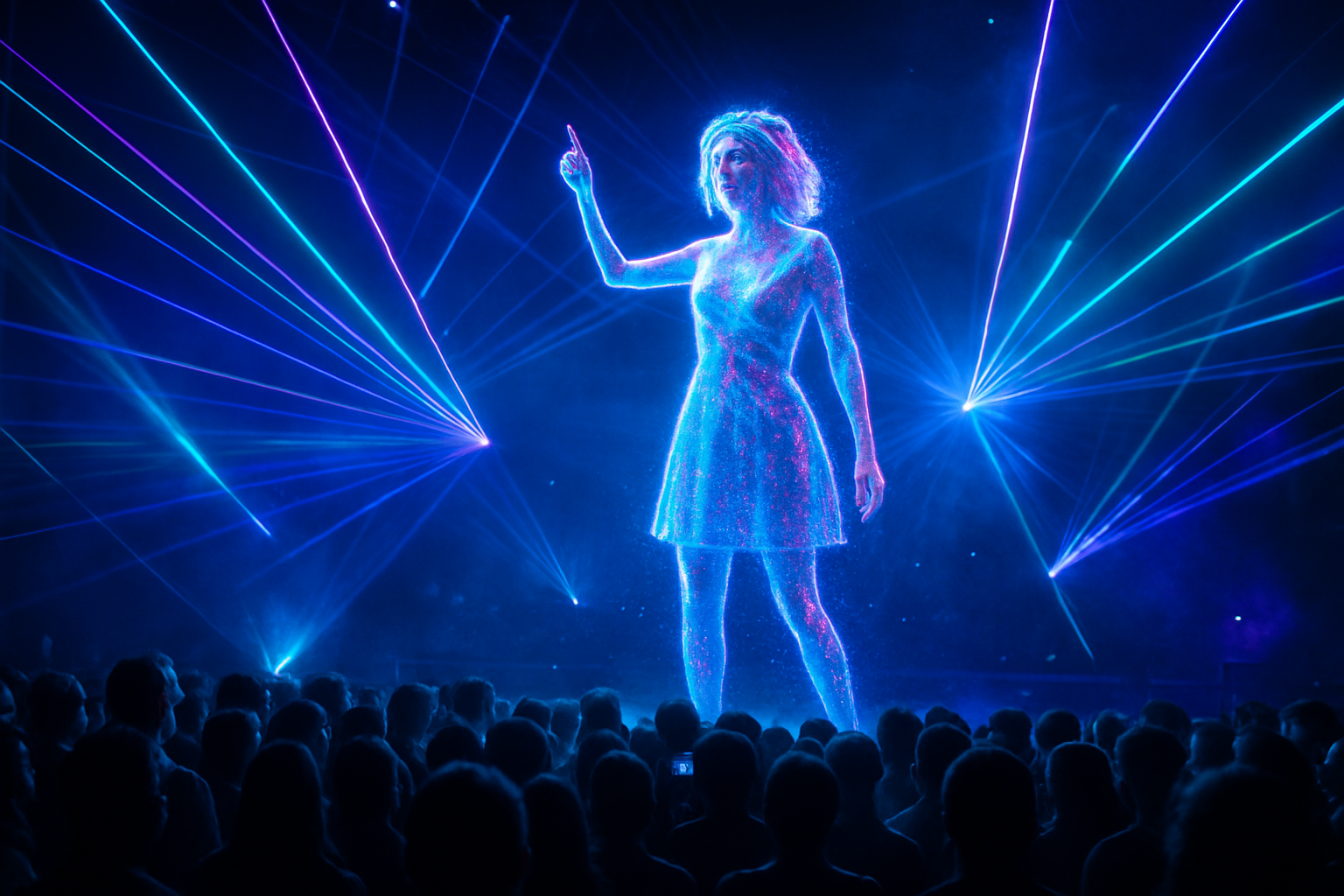Holographic Concerts: Redefining Live Music Experiences
In an era where technology continues to reshape the entertainment landscape, holographic concerts have emerged as a groundbreaking fusion of music and visual spectacle. This innovative approach to live performances is captivating audiences worldwide, blurring the lines between reality and digital artistry. As holographic technology advances, it's not just revolutionizing the concert experience but also challenging our perceptions of presence and performance in the music industry.

Technological Marvels Behind the Illusion
At the heart of holographic concerts lies a complex interplay of cutting-edge technologies. High-definition projectors, motion capture systems, and specialized screens work in tandem to create the illusion of a live performer. The process involves recording the artist’s performance in meticulous detail, often using multiple cameras to capture every angle. This footage is then processed and projected onto a transparent screen, creating a three-dimensional image that appears to float in mid-air.
Bringing Legends Back to Life
One of the most talked-about applications of holographic concerts has been the resurrection of iconic musicians. Performances by holographic versions of artists like Tupac Shakur, Michael Jackson, and Whitney Houston have not only amazed audiences but also sparked discussions about the ethics and implications of posthumous performances. These events have allowed new generations to experience the magic of legendary performers, blurring the lines between past and present in unprecedented ways.
The Impact on Live Music Industry
Holographic concerts are reshaping the landscape of live music entertainment. They offer a solution to geographical limitations, allowing artists to ‘perform’ in multiple locations simultaneously. This technology also opens up new possibilities for collaborations between living artists and digital recreations of past legends. Furthermore, it provides an alternative for performers who may be unable to tour due to health issues or other constraints, ensuring their music can still reach live audiences.
Ethical Considerations and Future Prospects
As holographic concerts gain popularity, they also raise important ethical questions. Issues of consent, especially for posthumous performances, and the authenticity of the concert experience are at the forefront of debates. There’s also the question of how this technology might affect the value placed on live, in-person performances. Looking ahead, the potential for holographic concerts seems boundless. From educational applications in museums to revolutionizing theater and opera, the technology is poised to transform various facets of the entertainment industry.





